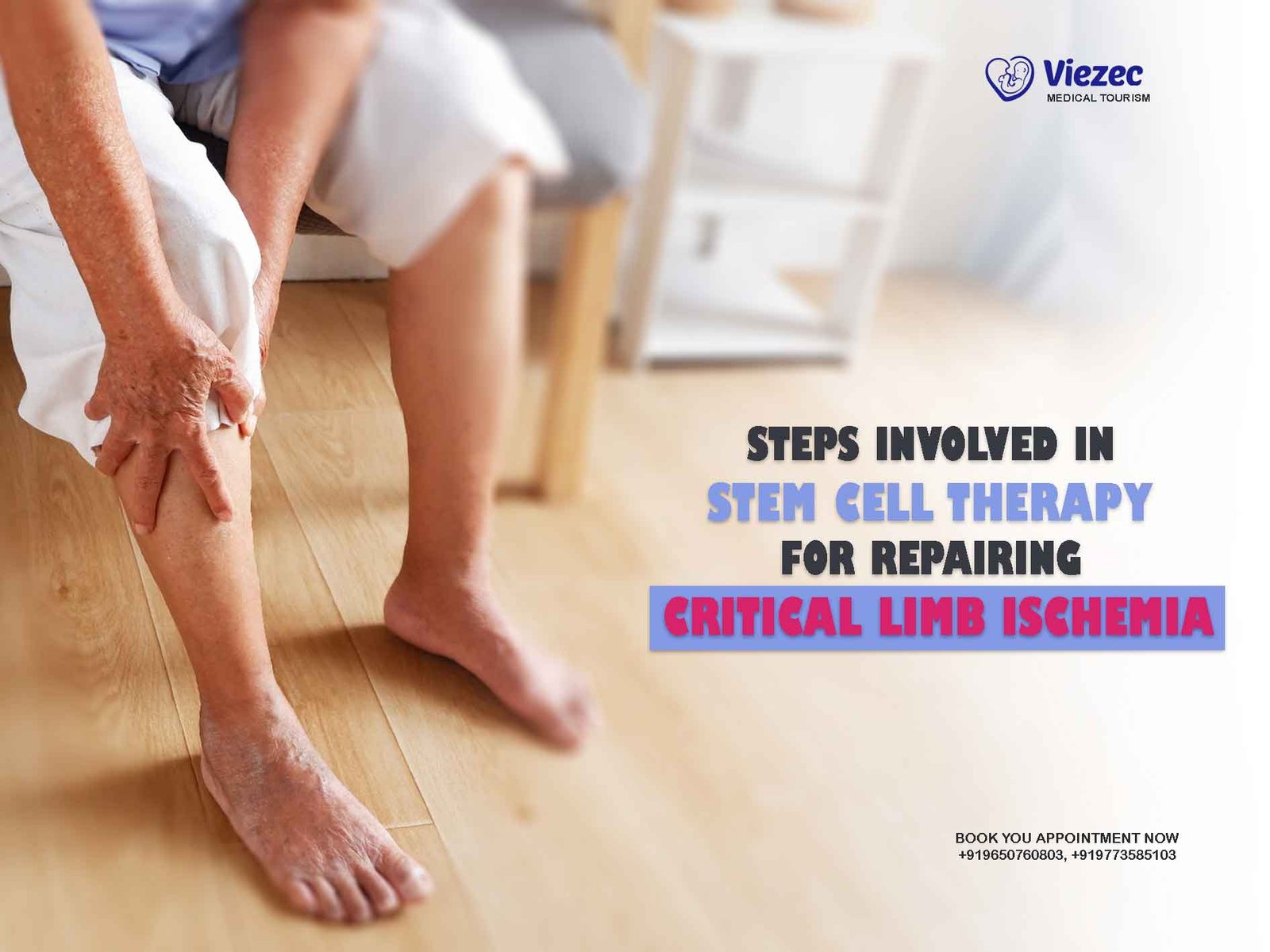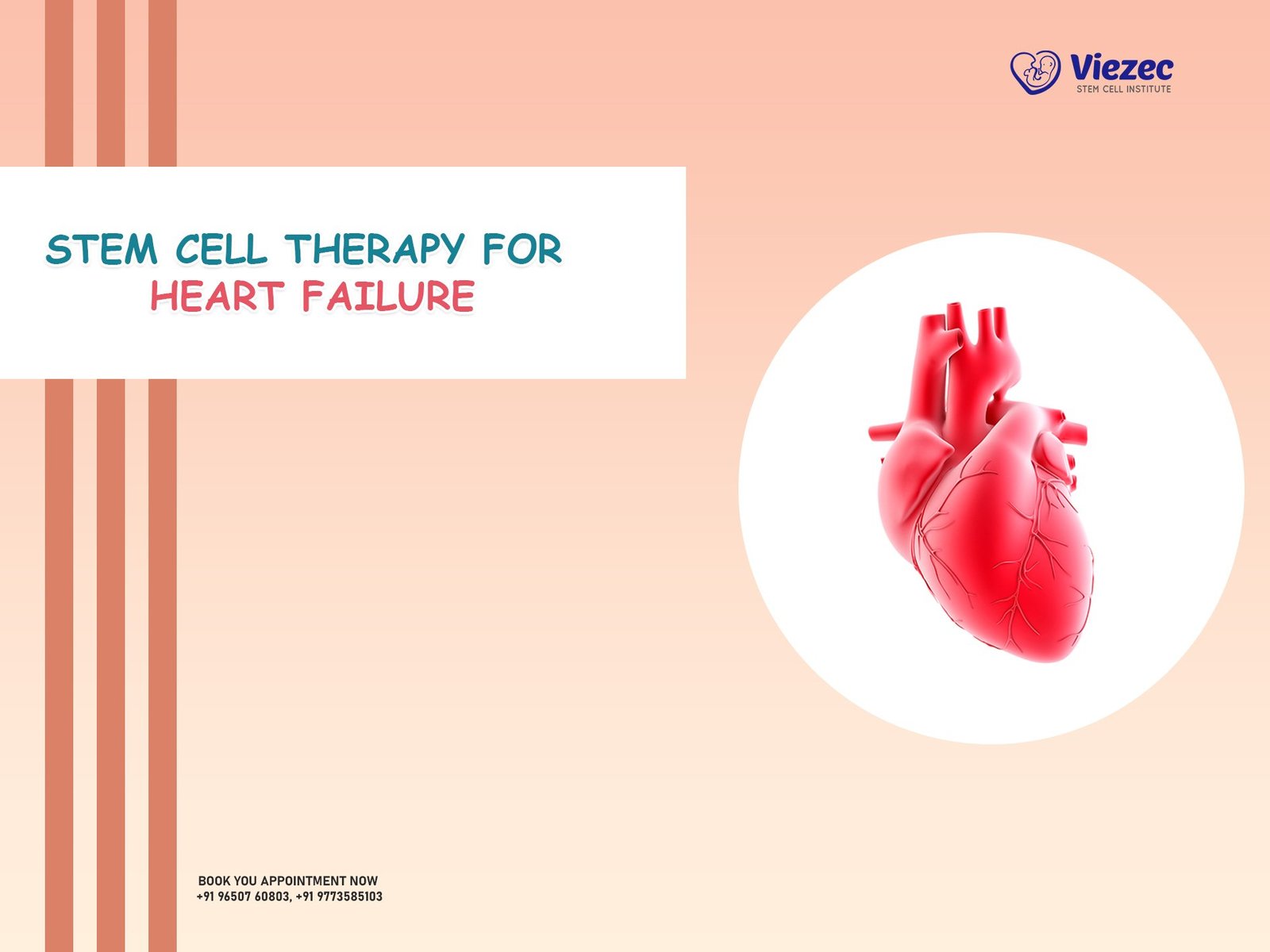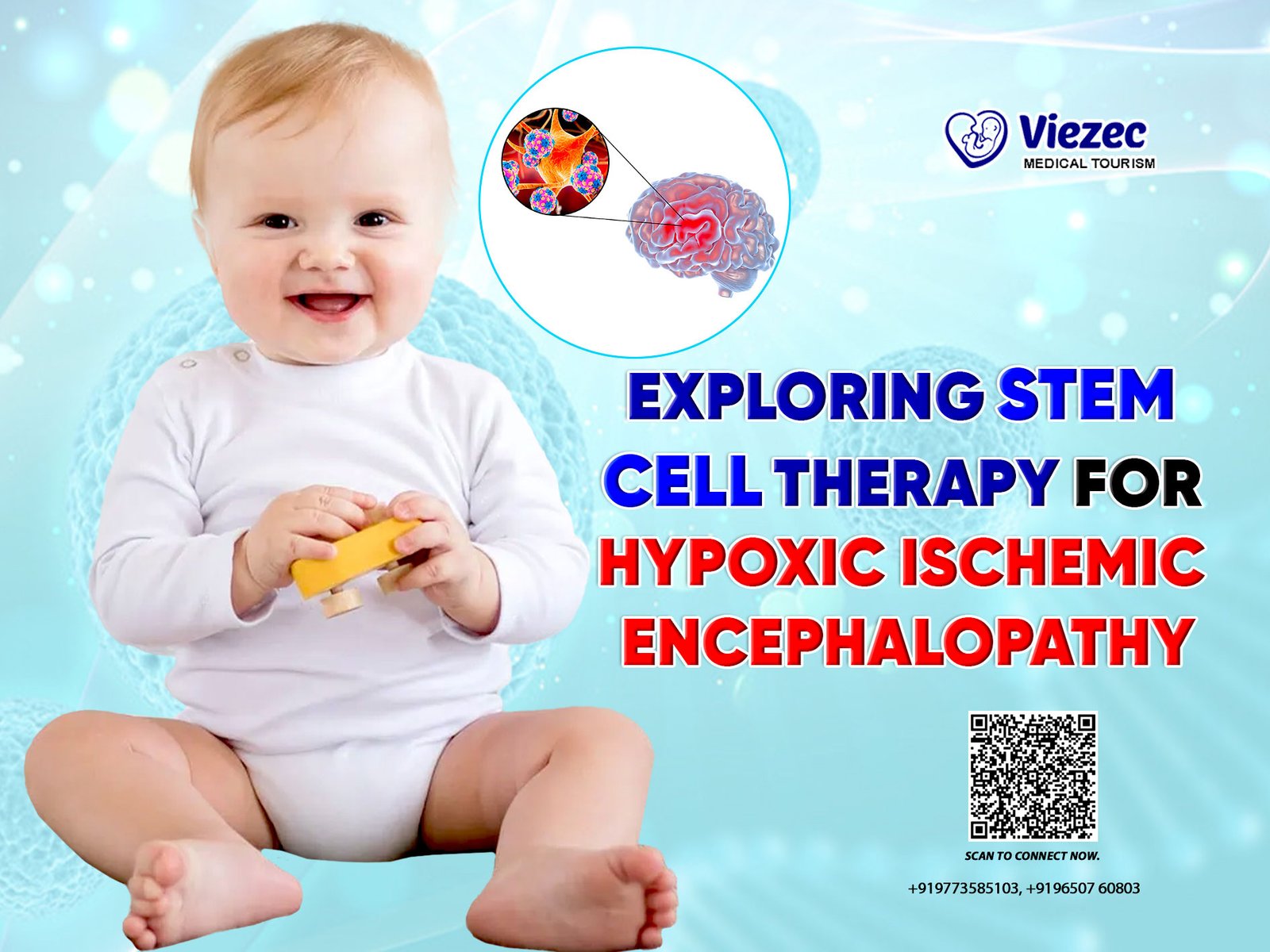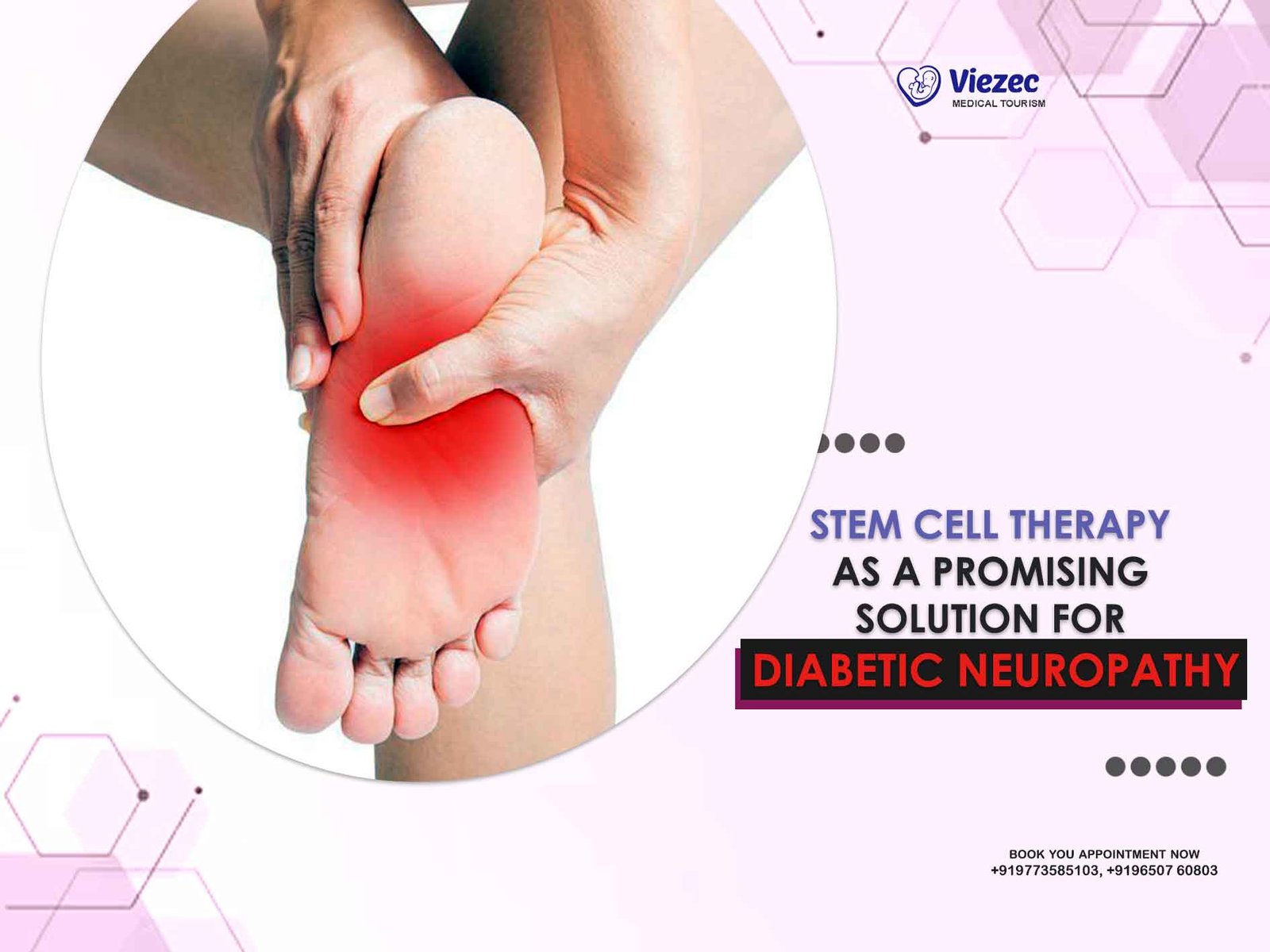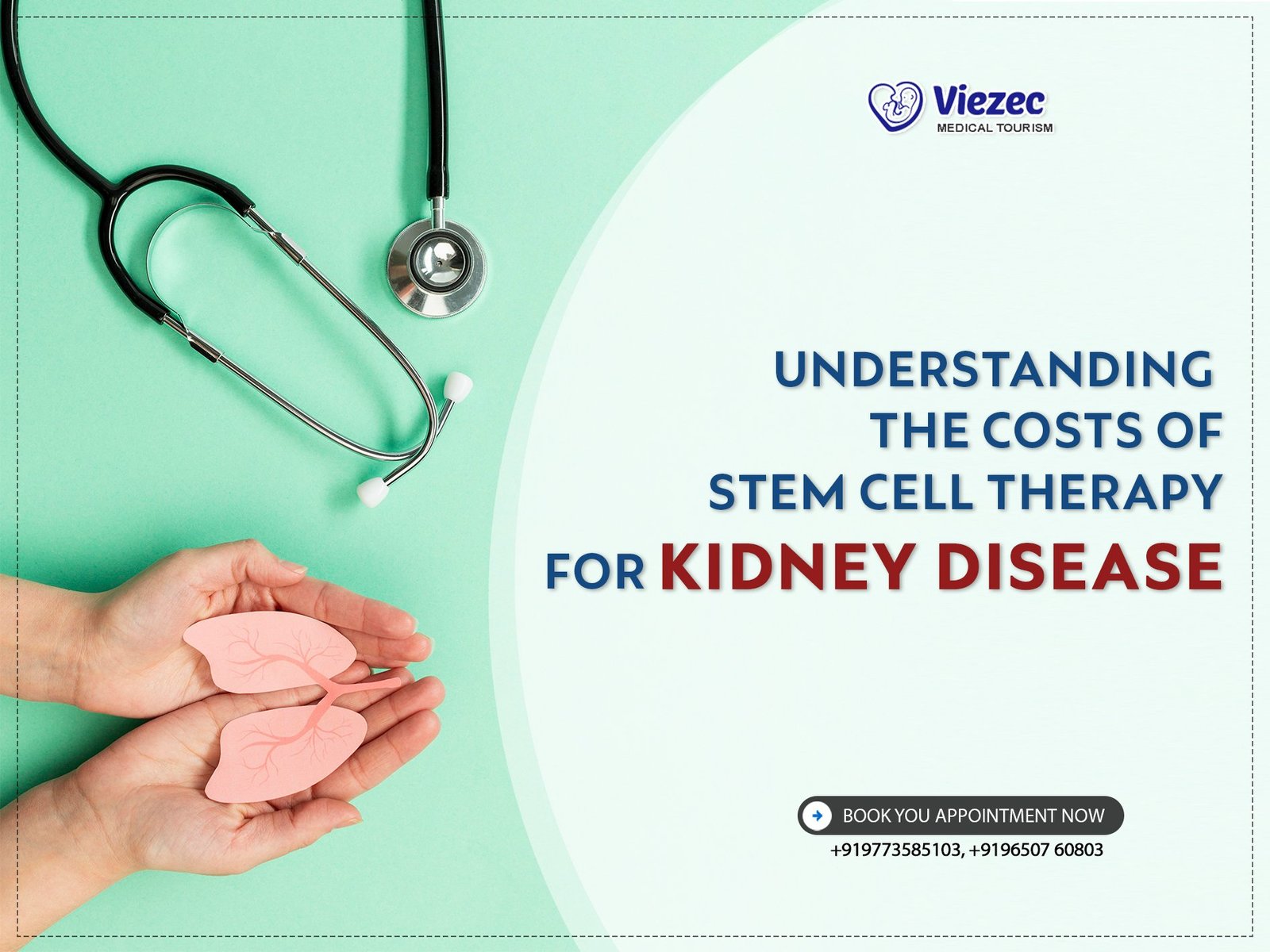Critical limb ischemia (CLI) is a severe condition characterized by inadequate blood flow to the limbs, leading to tissue damage, ulceration, and in severe cases, limb amputation. Traditional treatment options such as revascularization or bypass surgery may not always be suitable for all patients, especially those with advanced disease or comorbidities. Stem cell therapy has emerged as a promising alternative for repairing damaged tissue and improving blood flow in CLI patients. In this article, we will explore the steps involved in stem cell therapy for repairing critical limb ischemia.
Understanding Critical Limb Ischemia
Before delving into the steps of stem cell therapy, it’s crucial to understand the pathology of critical limb ischemia. CLI occurs when the arteries that supply blood to the limbs become narrowed or blocked due to atherosclerosis, thrombosis, or other vascular disorders. This leads to a significant reduction in blood flow, depriving tissues of oxygen and nutrients, ultimately resulting in tissue necrosis and ischemic ulcers.
Importance of Stem Cell Therapy
Stem cell therapy holds immense potential in regenerative medicine due to the unique ability of stem cells to differentiate into various cell types and promote tissue repair and regeneration. In the context of CLI, stem cell therapy offers a novel approach to enhance angiogenesis (the formation of new blood vessels) and improve blood flow to the ischemic limbs, thereby preventing amputation and improving the quality of life for patients.
Steps Involved in Stem Cell Therapy for CLI
Patient Evaluation and Selection
The first step in stem cell therapy for CLI involves thorough patient evaluation and selection. Not all CLI patients may be suitable candidates for this treatment modality. Physicians assess various factors including the severity of ischemia, presence of comorbidities, overall health status, and previous treatment history to determine eligibility for stem cell therapy.
Stem Cell Harvesting
Once a patient is deemed eligible for stem cell therapy, the next step involves harvesting stem cells for transplantation. Stem cells can be obtained from various sources including bone marrow, adipose tissue, or peripheral blood. Bone marrow aspiration and adipose tissue extraction are common techniques used for harvesting stem cells. These procedures are usually performed under local anesthesia and are well-tolerated by patients.
Stem Cell Isolation and Processing
Following the harvesting process, the collected tissue undergoes processing to isolate the stem cells. This typically involves centrifugation, filtration, or enzymatic digestion to separate the stem cells from other cellular components. Once isolated, the stem cells are purified and concentrated to prepare them for transplantation.
Cell Culture and Expansion (Optional)
In some cases, especially when a sufficient number of stem cells cannot be obtained from the initial harvest, cell culture and expansion may be performed to increase the cell yield. This involves placing the isolated stem cells in a suitable culture medium containing growth factors and nutrients, allowing them to proliferate and expand in number over a period of time.
Stem Cell Transplantation
The transplanted stem cells can be delivered to the ischemic tissue through various routes, including intramuscular injection, intra-arterial infusion, or direct surgical implantation. The choice of delivery method depends on factors such as the extent of tissue damage, location of ischemia, and physician preference. Once transplanted, the stem cells exert their therapeutic effects by promoting angiogenesis, reducing inflammation, and enhancing tissue repair mechanisms.
Monitoring and Follow-up
After stem cell transplantation, patients undergo regular monitoring to assess the progress of treatment and evaluate clinical outcomes. This may involve imaging studies such as Doppler ultrasound or angiography to measure blood flow in the affected limbs and detect any changes in vascular perfusion. Physicians also closely monitor for any adverse reactions or complications related to the procedure.
Rehabilitation and Lifestyle Modifications
In addition to stem cell therapy, rehabilitation and lifestyle modifications play a crucial role in managing CLI and optimizing treatment outcomes. Patients are advised to engage in regular exercise, maintain a healthy diet, and avoid smoking to improve vascular health and reduce the risk of disease progression. Physical therapy and occupational therapy may also be recommended to enhance mobility and functional independence.
Long-term Follow-up and Maintenance
Long-term follow-up is essential to monitor the durability of treatment effects and identify any potential disease recurrence or complications. Patients may require periodic assessments and interventions to ensure ongoing management of CLI and prevent recurrence of ischemic events. Additionally, adherence to prescribed medications and lifestyle modifications is vital for maintaining vascular health and minimizing the risk of future complications.
Make a Decision
Stem cell therapy holds great promise for the treatment of critical limb ischemia by promoting tissue repair, enhancing angiogenesis, and improving blood flow to the affected limbs. The steps involved in stem cell therapy for CLI, including patient evaluation, stem cell harvesting and processing, transplantation, and post-procedure monitoring, are aimed at achieving optimal clinical outcomes and improving the quality of life for patients. With ongoing research and advancements in regenerative medicine, stem cell therapy continues to offer hope for individuals suffering from this debilitating condition.
In conclusion, stem cell therapy represents a groundbreaking approach in the management of critical limb ischemia, offering new avenues for tissue repair and vascular regeneration. By understanding and optimizing the steps involved in stem cell therapy, clinicians can effectively harness the potential of regenerative medicine to address the unmet needs of CLI patients and improve their overall prognosis and quality of life.
Related post:-
Regenerating Hope: Stem Cell Therapy for Critical Limb Ischemia

